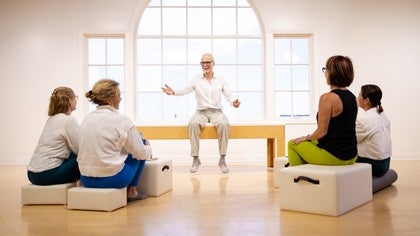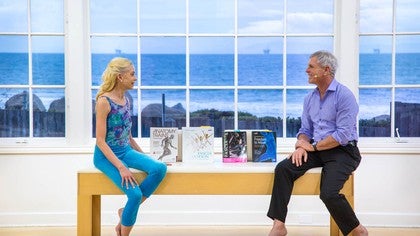Premium workshop
You can view a 2 minute preview. For details, scroll down below the video.
Description
In this workshop on Elastic Mobility, Robert Schleip explores how healthy fascia can help the body stay young and bouncy. This workshop is split into three parts, each with different objectives:
Objectives
Objectives
- Learn about research regarding fascia elasticity and transition from the theoretical foundation to practical application through various movements
- Learn fascia-healthy mobility, providing insight on how to maintain and enhance the flexibility and resilience of the fascia
- Delve into different loading styles, which offer strategies to optimize the loading and tension on the fascia for improved mobility and overall well-being
What You'll Need: No props needed
About This Video
Workshops: Anatomy and Fascia
Comments

Sofie van der Sommen
very interesting! an eye-opener to challenge myself and my clients in more different ways. Your explanation is very clear and it encourages me to play even more in my studio, to use the Cadillac as a climbing frame, to incorporate hopping, jumping and throwing into enjoyable lessons.
8 mos ago
You need to be a subscriber to post a comment.
Please Log In or Create an Account to start your free trial.







